British Science Week 2025 is just around the corner, which means so is our Smashing Stereotypes campaign!
We love to follow the careers the people we’ve profiled for Smashing Stereotypes over the years, to see what brilliant things they get up to. Dr Sai Pathmanathan featured in the campaign way back in 2021 as a Science Education Consultant. She said:
“In science communication, there’s a common misconception that we’re all clever and know everything. We don’t, and never will. Science is always evolving, which is why there’ll always be jobs in it!”
Fast forward to today, Sai has written a new book, A creative approach to teaching outdoors, with her co-author Dr Penny Fletcher, who incidentally once worked for the British Science Association! The book, published on 13 February, explores the well-established benefits of teaching outdoors: to show children the connection between scientific ideas and practices, and the natural world around them.
It features lots activities linked to all UK science curricular that can be done regardless of much green space you have access to. Sai told us:
“Five years ago, Penny and I co-created The Little Growers’ Club, a club for young growers and their families to find out more about how to grow their own food (and create delicious dishes with their homegrown produce). Our next cohort of little growers will be starting soon at Streatham Common Community Garden, and it was this project that got us thinking about a ‘science outdoors’ book. Working with young people outdoors, whether that’s teaching them about wildlife or simply taking a curriculum-linked chemistry or physics activity outside has a huge positive impact on their learning. And they have a better appreciation of the natural world…even if it does take some of them a while to get used to sharing their ‘classroom’ with snails, worms and woodlice!”

To help you get involved with outdoor learning during British Science Week, we’ve collected some activities from all three of our own education activity packs that can be done outside, or have children working with nature.
Early Years activity pack
Camouflage caterpillars
| ‘Camouflage caterpillars’, created in partnership with Learning through Landscapes, has children transform into hungry birds looking for delicious caterpillars. To run this activity, you’ll put little ones in two groups and give them ‘caterpillars’ – short strands of wool of different colours, including green. They’ll then hide their caterpillars among grass and other greenery. The children become birds and hunt for the caterpillars the other group hid. This teaches them about camouflage; they’ll notice that the green caterpillars are the hardest to spot in grass, and figure out why. The activity is very low-resource and lots of fun! You can start a conversation about other examples of camouflage, and other ways animals have adapted to stay alive. | 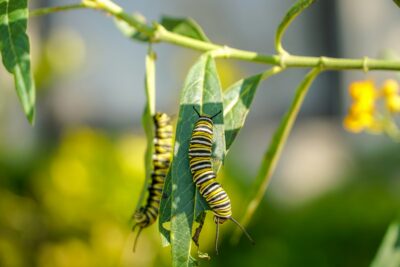 |
Weeds that grow everywhere
| During the spring months, dandelions are aplenty. ‘Weeds that grow everywhere’, created in partnership with Explorify turns this into a learning opportunity. To run this activity, you can take children on walk around the block, through the grounds of their nursery/school, to a park, just about anywhere, to spot dandelions. They’ll notice that some dandelions have bright yellow petals and some have fluffy seeds that can be blown away. Having fun blowing the dandelion clocks can show children how and why dandelions grow everywhere. To keep the learning going, you can bring some seeds inside, plant them and watch them grow! | 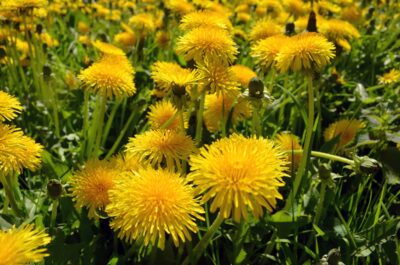 |
Primary activity pack
Let’s make a wormery
| ‘Lets make a wormery’, created in partnership with the Primary Science Teaching Trust, doesn’t necessarily need to be run outside (perfect if you don’t have access to much green space), but it certainly has children interacting with nature! Children will collect leaves, soil and worms from the school grounds or another outdoor space and bring them inside to build their wormery in a plastic bottle. A few other common classroom materials are needed. This is a perfect activity to extend learning beyond British Science Week; children will monitor the wormeries for two weeks or more. They watch as the worms work to turn the leaves into soil, which is needed to grow food. This is a chance to explore how every creature, no matter how small, has an important role to play in the eco-system. | 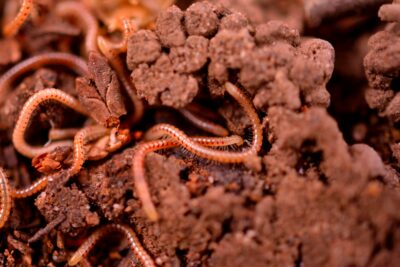 |
Top of the crops
| Children love planting and growing vegetables, and showing them where their food comes from can help create a meaningful connection with nature. ‘Top of the crops’, created in partnership with NFU Education, is all about growing the best tomatoes. This is another activity that doesn’t have to be done outdoors, but has children interacting with the earth. They’ll choose a tomato, scoop out its seeds and grow a new batch to see how the environment impacts the harvest. This activity allows children to explore how food is grown and engineered to create the best version, with delicious results. | 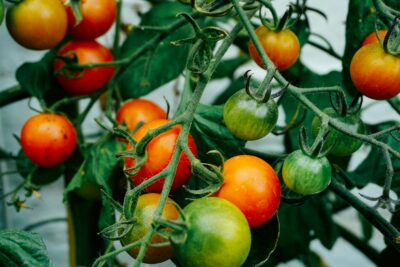 |
Secondary activity pack
Make a footprint tunnel to monitor mammals
| As urban landscapes expand, the animals who live around us are forced to change their habits. ‘Make a footprint tunnel to monitor mammals’, created in partnership with the Mammal Society, allows student to become real-life researchers. Using easily-sourced materials, students will build a tunnel that can capture animal footprints and place it outdoors where animals might be, near a hedgerow or water. They can learn to identify footprints and analyse which mammals are more often in certain areas and why. Living peacefully alongside our fellow mammals is important to maintain the delicate balance of the eco-system. Perhaps students can think about how we can create more hospitable environments alongside our cityscapes. | 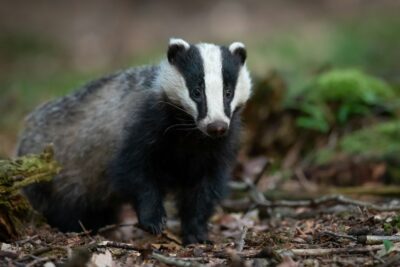 |
Learning outdoors allows children to deepen their connection with the natural world, and brings science to life. Find all the activity packs here.